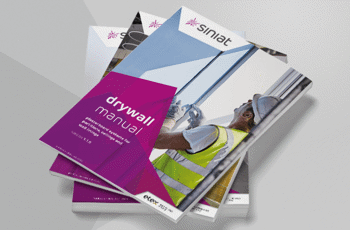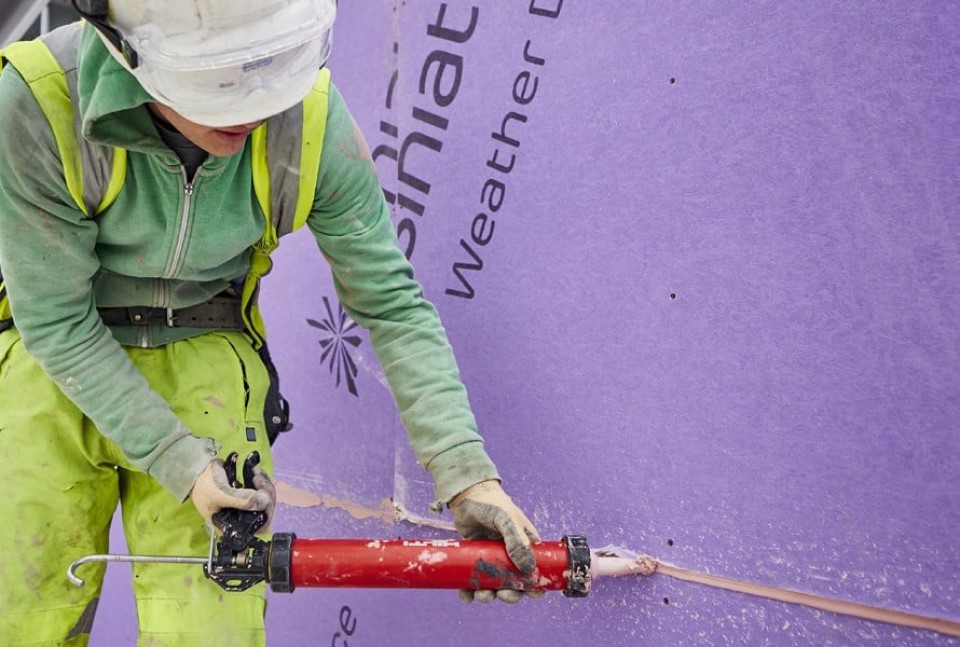Drywall Manual
 See more
See more

The number of airtightness inquiries we receive from both main contractors and drywall contractors is growing in proportion to increasingly onerous airtightness standards.
When the Approved Documents supporting Part L of the Building Regulations came into effect in 2006, a reasonable provision for airtightness was to achieve a pressure test result no worse than 10m3/(h.m2)@50Pa. Today, individual client requirements are regularly specifying some as tight as 1, 2 or 3m3/(h.m2)@50Pa for good reason – for occupier comfort, to save on energy consumption and to reduce C02 emissions. See table below for typical standards by sector.
Our Weather Defence sheathing board has proven to dramatically reduce air leakage on projects, overcoming the most rigorous specifications, even for schools and hospitals which have traditionally struggled to meet the same levels of air permeability targets because of their more complex designs.
This year, for instance - across a number of schools in the Midlands - the tested permeability of 1.5m3/(h.m2)@50Pa by airtightness consultants HRS Services was significantly better than the 3.0 recommended for schools and colleges. The contractors were able to demonstrate the quality of their installation and avoid delays in handover.
Weather Defence is so effective for airtightness because:
• It is easily manipulated to form tight, clean airtight junctions around complex details
• It is extremely stable, and hardly expands or contracts in reaction to weather and humidity
• As a sheathing layer, it forms an extremely large surface area of envelope and is situated away from internal fittings which might penetrate internal linings.
Normal and best practice standards of air permeability.
| Sector | Normal m3/(h.m2)@50Pa | Best practice m3/(h.m2)@50Pa |
|---|---|---|
| Dwellings (naturally ventilated) | 9 | 3 |
| Dwellings (mechanically ventilated) | 5 | 3 |
| Factories/warehouses | 6 | 2 |
| Superstores | 5 | 1 |
| Schools | 9 | 3 |
| Hospitals | 9 | 5 |
| Offices (naturally ventilated) | 7 | 3 |
| Offices (mixed mode) | 5 | 2.5 |
| Offices (air conditioned/low energy) | 5 | 2 |
| Museums and archival stores | 1.5 | 1 |
Source: BSRIA